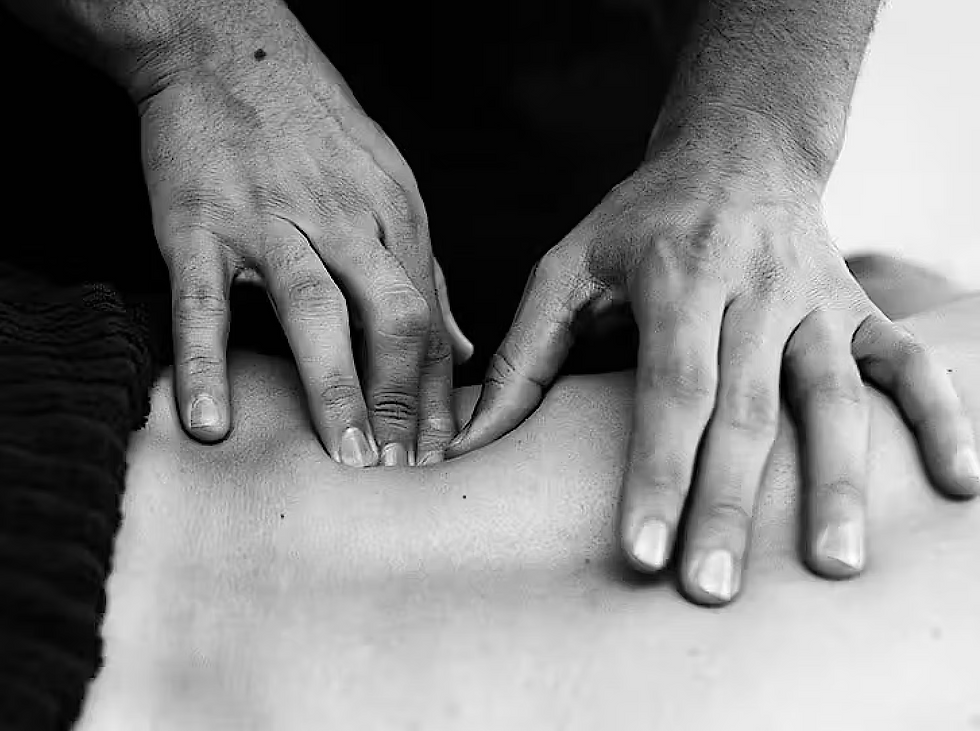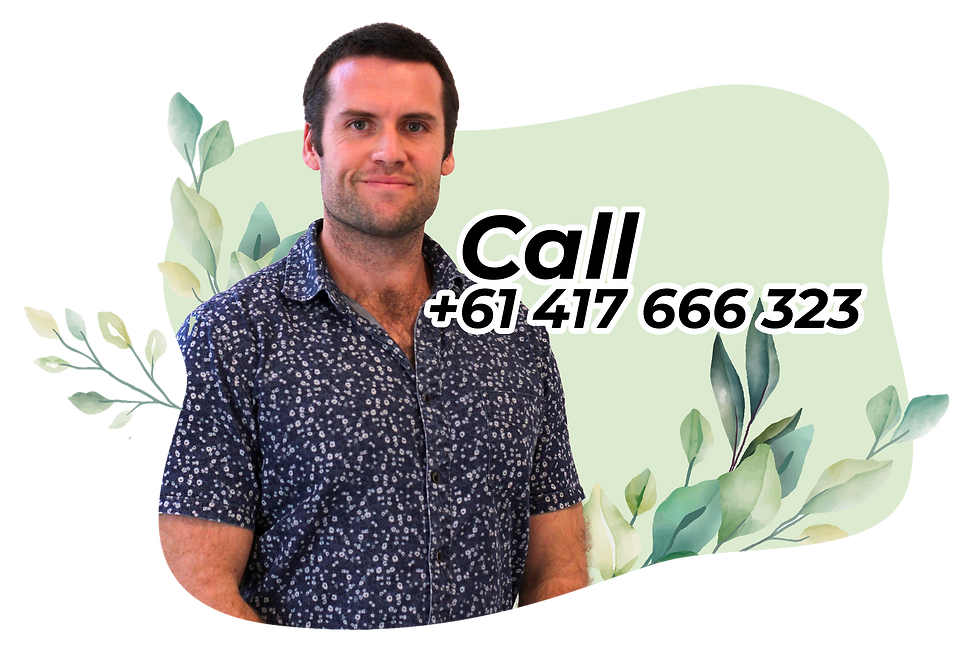Hands-on healing
- Dr. Ethen Kauiers

- Jun 12
- 4 min read
Updated: Aug 7
As a manual-practitioner (an Osteopath), I wanted to start writing some content, to explain some of the benefits I see hands-on therapies provide, where perhaps the public may not understand. And in coming to Brisbane from Melbourne, there is not the same awareness of what Osteopathy is, or when it can help.
I'd like to build a picture first, around Anatomy; the study of the structure of the body.
When we think of blueprints, we think of the material elements of a structure, depicted in a framework; the measurements, individual components, and how they relate to one another in different perspectives / views.

As an Osteopath (and in the same vain but to varying extents, Myotherapists, Chiropractors, Remedial Massage Therapists), we are educated, in great detail, on the blue-prints of the body - the anatomy.
Anatomy is genuinely the principle framework with which we have to understand what we wish to affect. And from this framework (with complementary studies of conventional medical practises and physiology, to further our knowledge), we take the approach of a 'mechanic', in a way, as to what we can influence, affect and manipulate as we seek balance in the body; as we seek health and alleviation from pain.
And, in the approach of any great practitioner - they're seeking to influence with long-term benefits to the body, for long term vitality.
Commonly, people seek assistance from general practitioners or 'conventional doctors' when they are in pain with their body, or feeling unwell. Hence, these doctors are considered 'Primary Health Practitioners', as they're a primary source of contact when it comes to things-medical.
However, we live in a time where a General Practitioner is just that - a general reference point from which to be directed to a specialist, or to another avenue for treatment of an ailment or condition. More often than not, pharmaceutical treatments are a wanted-method for providing temporary alleviation from pains or niggles, upset stomachs, etc.
Just because it's 'wanted' as it offers 'temporary alleviation', doesn't make it a good fix.
Hands-on healing is more than just the engineering and 'smart-manipulation of anatomical structures' outlined above.
More than this, I make the argument that many people in pain simply WANT to have their problems handled physically, manually.
They want someone to touch and feel they're body, to pull and push on it - to almost grab and remove the discomfort.
The simple example I draw attention to is when we ourselves are in pain - we tend to grab and push on that very part of our body, to provide a strong, tactile input in hopes of distracting us from the very discomfort of that injury.
In contract, it's no surprise that frustrations arise as people sit across from a medical professional, enduring a problem that they feel should be directly attended to, but is instead discussed with the best option anticipated to be 'a medicine', or a 'pill' or a 'referral to an x-ray place' (which, not to say this isn't a helpful manner to approach the issue with - carefully, methodically, considering different options - it's just not what some people perceive as helpful).
So, as a manual practitioner, I use direct physical methods as therapy. And, as I'm sure many manual practitioners hear from their own clientele, the physical relief and significance to a person from a single session (not all the time) is a breathe of fresh air, expressed as a remark from a person on how recent doctor visits seemed to help little.
Now, this wasn't ever meant to be a written 'hit-piece' on my dissatisfaction or prejudices against the existing medical industry, or general practitioners as a whole. Ideally, I wish to celebrate the still-relevant significance of 'hands-on medicine' in the 21st century, in a developed-country (for example, Australia).

Hands-on therapy - it could be easy to dismiss such a concept, in the context of our growing sophistications in technological medical-advancements, spurring on regular education of our medical practitioners, specialists, experts; all to enhance their ability to understand and treat strange and complex ailments.
But a lot of the time, people want something simpler; hence, physical therapists exist.
And with it, an appreciation for the simple element of 'touch' combined with 'expertise', that yields such great benefits in treating people manually, through the 'hands'.
Stretching, kneading, palpating, rebounding, squeezing, inhibiting, stripping, articulating.
These words all relate to the arsenal of physical techniques we use as manual practitioners, to manipulate the body in such a way that we're instilling a feeling in a person's body. Instilling what we believe is somewhat of a 'rejuvenating' effect, to restore a balance in a body that requires

If you're seeking relief from physical discomfort, pain or aggravation of a previous injury / current condition, feel free to reach out to us.
Dr. Ethen Kauiers
Osteopath
B. Sc, B. Clin Sc, M. H. Sc, Grad. Dip

Comments